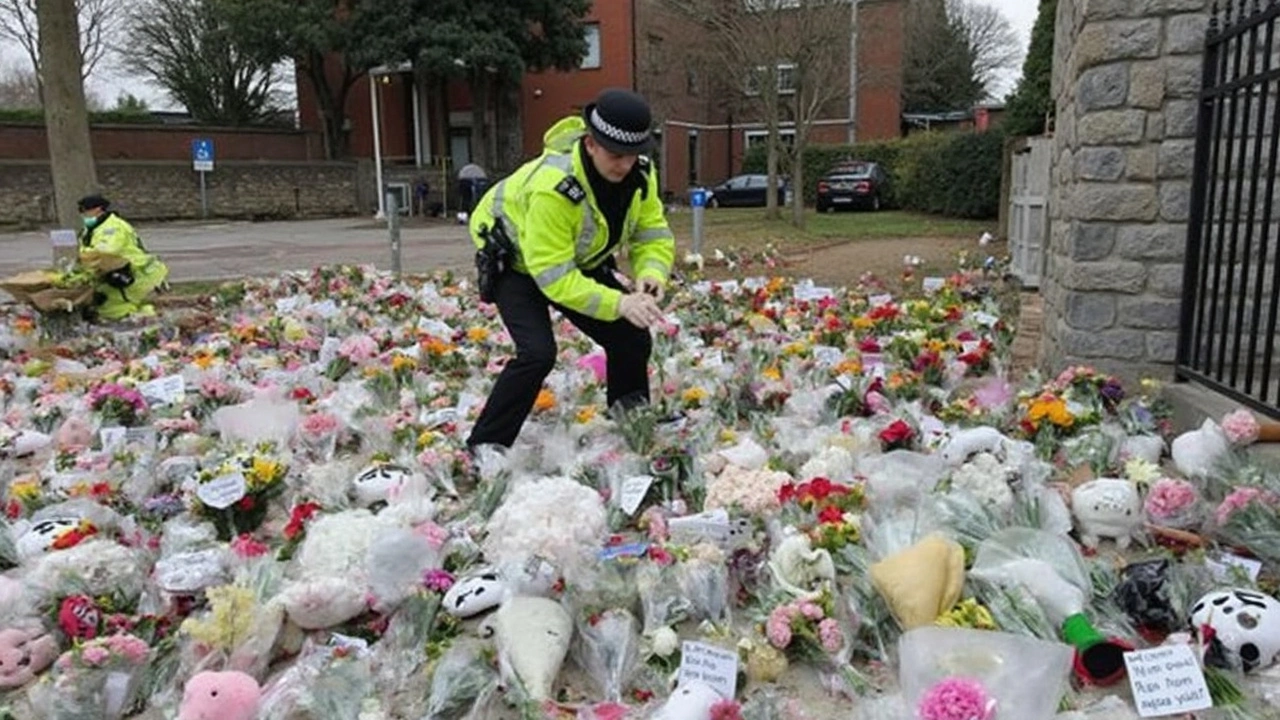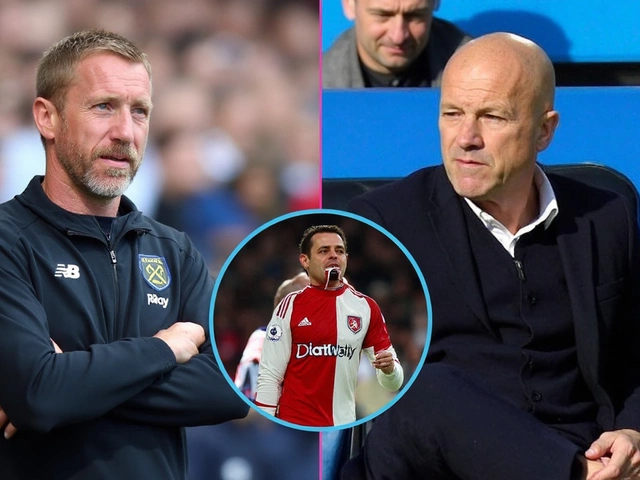Back in 1996, a peaceful Scottish town became the epicenter of a tragedy that would change the UK's legislative landscape concerning gun control. The Dunblane massacre saw Thomas Hamilton, wielding legally owned handguns, take the lives of 16 young children and their teacher in a primary school, shattering the community and sending ripples of shock throughout Britain.
Public horror quickly morphed into action. A grassroots campaign, driven by the victims' anguished families, managed to galvanize nationwide support. An astounding 750,000 signatures were collected, all demanding a stringent transformation in gun laws. This outcry led the government to commission the Cullen Report, an inquiry specifically focused on the massacre and its implications.
The Cullen Report put forward several recommendations, aiming for tighter controls without directly banning handguns. But the public wasn’t satisfied with incremental changes. Under the mounting pressure, then-Conservative Prime Minister John Major introduced the Firearms (Amendment) Act 1997, which targeted a broader range of handguns, excluding only those with a .22 caliber. However, driven by the urgency and emotional weight of the matter, Tony Blair's Labour government, which came into power shortly thereafter, decided to eradicate the problem for good. They enacted the Firearms (Amendment) (No. 2) Act 1997, effectively banning all handguns.
What followed was a nationwide buyback program, costing around £150 million. During this campaign, 162,000 handguns and 700 tons of ammunition were surrendered by owners, a move indicative of communal responsibility and compliance. This effort illustrated the collective commitment of a society determined to prevent future tragedies.
The results were profound and lasting. Since implementing these measures, the UK has witnessed only two mass shootings: the 2010 Cumbria attack, with 13 people falling victim, and the more recent 2021 Plymouth shooting, which resulted in 5 deaths. At the same time, firearm-related homicides have plummeted, dropping from 0.14 per 100,000 individuals in 1996 to a mere 0.02 by 2012. Such a stark reduction is a testament to how impactful robust gun laws can be.
This transformation wasn't merely about the laws themselves but also about unified public consensus. The UK's approach involved strict licensing requirements, mandatory mental health screenings, and critically, the absence of constitutional rights similar to the U.S. Second Amendment, which greatly complicates gun control debates across the Atlantic.
While some sport shooting enthusiasts still grumble about the lack of access, the British model stands in sharp contrast to the polarized, often gridlocked, discussions taking place across the pond in America. It showcases how, despite cultural differences and legislative hurdles, effective change is possible when a nation unites with a shared purpose.





